Home>Garden Essentials>Why Colleges Spend On Lawn Care
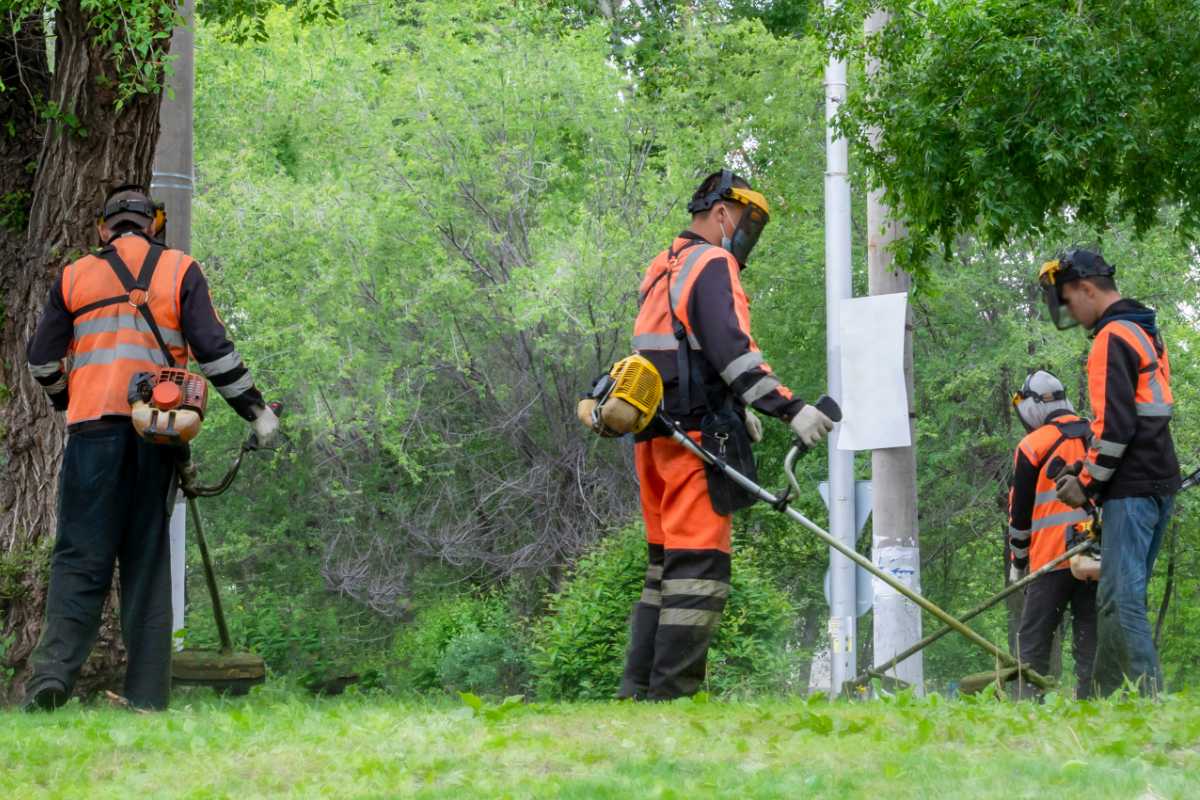

Garden Essentials
Why Colleges Spend On Lawn Care
Modified: September 2, 2024
Discover why colleges prioritize spending on garden lawn care and the benefits it brings to their campuses. Enhance your knowledge about the significance of gardens in educational institutions.
(Many of the links in this article redirect to a specific reviewed product. Your purchase of these products through affiliate links helps to generate commission for Storables.com, at no extra cost. Learn more)
Introduction
Welcome to the world of college campuses, where beautiful, manicured lawns serve as a visual delight for students, faculty, and visitors alike. The importance of lawn care in colleges cannot be overstated, as these green spaces not only enhance the aesthetic appeal of the campus but also provide numerous benefits to the learning environment.
Colleges across the globe understand the significance of creating a welcoming and pleasant atmosphere for their students. A well-maintained lawn serves as a natural focal point for social gatherings, outdoor activities, and even study groups. It offers a peaceful retreat from the hustle and bustle of academic life, allowing students to relax, recharge, and engage in recreational activities.
Investing in lawn care is an essential aspect of campus management. It’s not simply a matter of mowing the grass and trimming the edges; it involves careful planning, regular maintenance, and a significant financial commitment. The reasons behind colleges spending on lawn care go beyond mere aesthetics – they are based on a deeper understanding of the benefits it brings to the overall college experience.
By prioritizing lawn care on campus, colleges create a positive and conducive learning environment. Well-manicured lawns inspire creativity and foster a sense of well-being among students. Spending time outdoors has been proven to reduce stress levels, improve cognitive function, and increase overall satisfaction with the college experience.
Furthermore, a visually appealing campus is an important factor in attracting prospective students. When selecting a college, students and their families often consider the overall look and feel of the campus. A well-maintained lawn can make a lasting impression, influencing a student’s decision to enroll and promoting a sense of pride and belonging among the student body.
It’s important to note that college lawn care extends beyond aesthetics and student satisfaction. These green spaces also play a vital role in sustainability efforts and environmental conservation. By implementing eco-friendly practices such as organic fertilization, water conservation techniques, and natural pest control, colleges demonstrate their commitment to sustainable living and provide valuable educational opportunities for students interested in environmental studies.
In the following sections, we will delve deeper into the benefits of investing in lawn care, the factors that influence college spending on lawn care, the implications of prioritizing lawn care, as well as criticisms and alternatives to this approach. Join us as we explore the multi-faceted world of college lawn care and its impact on the campus ecosystem.
Key Takeaways:
- Well-maintained college lawns create a positive environment for students, reduce stress, and attract prospective students, contributing to a vibrant campus culture and overall well-being.
- Colleges should balance the benefits of beautiful lawns with environmental and financial considerations, exploring sustainable practices and engaging students and the community in lawn care efforts.
Importance of Lawn Care in Colleges
When you step onto a college campus, the first thing that catches your eye is often the lush, well-maintained lawns that sprawl across the grounds. These meticulously cared for green spaces are not just for visual appeal; they hold significant importance in the overall college experience. Let’s explore the various reasons why lawn care is vital in colleges.
1. Aesthetics: The appearance of a college campus plays a crucial role in creating a positive first impression. A well-groomed lawn adds to the beauty of the surroundings, making the campus an inviting and appealing place. It sets the tone for a welcoming environment that fosters creativity, engagement, and a sense of pride among the students, faculty, and visitors.
2. Social and Recreational Space: College campuses are not just academic spaces; they are vibrant communities where students come together to socialize, relax, and engage in recreational activities. Well-maintained lawns provide a natural gathering space for students, allowing them to connect, form relationships, and build a sense of community within the college.
3. Stress Relief and Well-being: College life can be demanding and stressful for students. Having access to well-kept lawns offers an escape from the pressures of academia, providing a serene environment where students can unwind, de-stress, and recharge. Spending time outdoors in nature has been shown to improve mental health, reduce stress levels, and enhance overall well-being.
4. Academic Enrichment: Lawns can serve as an outdoor classroom, contributing to students’ academic growth and development. Professors often utilize these green spaces for lectures, discussions, and group activities, offering a change of scenery and a fresh perspective to traditional classroom settings. This integration of nature and learning can enhance creativity, critical thinking, and problem-solving skills.
5. Sustainability and Environmental Education: Maintaining lawns in an eco-friendly manner allows colleges to demonstrate their commitment to sustainability and environmental conservation. Campuses can implement sustainable practices such as organic fertilization, use of native plants, and water conservation techniques. These initiatives provide valuable educational opportunities for students to learn about environmental stewardship and develop a sense of environmental responsibility.
6. Campus Pride and Branding: A well-maintained lawn can become a symbol of campus pride and identity. It becomes a recognizable feature that sets the college apart from others. By consistently caring for their lawns, colleges create a positive brand image and instill a sense of belonging among students, alumni, and the wider community.
It is clear that lawn care plays a crucial role in enhancing the overall college experience. These green spaces go beyond their visual appeal, enriching student life, promoting well-being, and providing valuable educational opportunities. As we continue to explore the benefits and implications of investing in lawn care, we gain a deeper understanding of how these spaces contribute to the holistic development of students in the college setting.
Benefits of Investing in Lawn Care
Colleges that prioritize and invest in lawn care reap numerous benefits that extend beyond the visual appeal. Let’s explore the advantages of investing in maintaining well-manicured lawns on college campuses.
1. Enhanced Aesthetic Appeal: Beautifully maintained lawns create a welcoming and aesthetically pleasing environment. The vibrant, green spaces serve as a visual delight and give a sense of pride to students, faculty, and visitors. A visually appealing campus can attract prospective students and create a positive impression.
2. Improved Mental Health and Well-being: Spending time in nature has been shown to have a positive impact on mental health and overall well-being. Well-kept lawns provide students with an outdoor retreat where they can relax, de-stress, and recharge. Connecting with nature promotes a sense of calm, reduces anxiety, and improves overall mood.
3. Social and Recreational Spaces: Lawns act as gathering spaces for students, offering areas for outdoor activities, group discussions, and events. These green spaces foster community engagement, encourage social interactions, and help build a sense of belonging on campus. Students can utilize the lawns for study groups, picnics, sports, and other recreational activities.
4. Academic Enrichment: Well-maintained lawns can serve as an extension of the classroom, providing an alternative learning environment. Professors can conduct outdoor classes, discussions, and workshops, harnessing the creative potential of nature to enhance student engagement and learning outcomes. The connection between nature and education stimulates critical thinking, problem-solving skills, and innovation.
5. Environmental Education and Sustainability: Investing in lawn care allows colleges to incorporate sustainable practices. By implementing organic lawn care techniques, water conservation strategies, and the use of native plants, colleges can demonstrate their commitment to environmental stewardship. Furthermore, these initiatives provide valuable educational opportunities for students to learn about sustainable practices and foster a sense of environmental responsibility.
6. Increased Campus Pride: A well-maintained lawn contributes to campus pride and identity. It becomes a symbol of the college community, fostering a sense of belonging and unity among students, alumni, and faculty members. Students take pride in showcasing their campus to friends and family, creating a positive reputation for the college.
7. Positive First Impressions: The visual appeal of a college campus has a significant impact on attracting prospective students. A well-manicured lawn creates a positive first impression, setting the stage for an engaging and enjoyable college experience. It plays a role in influencing the decision-making process of students, as they envision themselves being part of a beautiful and well-cared-for community.
8. Economic Benefits: Well-maintained lawns can positively impact the local community and economy. A visually appealing campus attracts visitors, prospective students, and their families, resulting in increased tourism and spending in the surrounding area. Additionally, the professionalism and care demonstrated by the college can attract potential donors and sponsors.
Investing in lawn care is not just about maintaining green spaces; it is an investment in the overall college experience. The benefits extend beyond the campus grounds, impacting mental well-being, academic enrichment, and sustainability efforts. By nurturing these outdoor spaces, colleges provide students with a holistic and engaging learning environment.
Factors Influencing College Spending on Lawn Care
Several factors come into play when determining the amount and extent of investment that colleges allocate to lawn care. These factors influence the decision-making process and shape the priorities of colleges when it comes to maintaining their green spaces. Let’s explore the key factors that influence college spending on lawn care.
1. Campus Size and Layout: The size and layout of the campus play a significant role in determining the budget allocated for lawn care. Larger campuses with expansive lawns require more resources, labor, and equipment to maintain. The number of lawns, their complexity, and the amount of landscaping needed directly impact the overall spending on lawn care.
2. Climate and Weather Conditions: The climate in which the college is located affects the level of lawn care required. Colleges situated in areas with harsh weather conditions, such as extreme heat or cold, may need to allocate more funds to protect and maintain the lawns throughout the year. Additionally, regions prone to heavy rainfall or drought may require specialized irrigation systems or water management practices, impacting the budget for lawn care.
3. Institutional Priorities and Values: Each college has its own set of priorities and values that guide decision-making and resource allocation. Some institutions may place a higher emphasis on the visual appeal of the campus and prioritize exceptional lawn care as part of their identity and brand. Others may prioritize investment in academic programs or infrastructure and allocate a smaller portion of their budget to lawn care.
4. Student and Faculty Input: The input and feedback from students and faculty can influence the college’s decision to invest in lawn care. Student and faculty surveys, focus groups, and feedback mechanisms play a role in understanding the desires and preferences of the campus community. If there is a strong demand for well-maintained lawns among the stakeholders, the college is more likely to allocate resources accordingly.
5. Funding Availability: The availability of funds directly affects the extent of investment in lawn care. Colleges with larger endowments or fundraising capabilities may have more resources to dedicate to lawn care. Conversely, colleges with limited financial resources may need to prioritize spending in other areas and allocate a smaller budget for lawn care.
6. Competition and Reputation: The level of competition among colleges can influence spending on lawn care. Colleges strive to create a favorable impression among prospective students and maintain a positive reputation among their peers. Investing in well-maintained lawns can be seen as a way to stand out and attract students, faculty, and donors.
7. Sustainability Initiatives: Increasingly, colleges are incorporating sustainability initiatives into their campus management practices. Investing in eco-friendly lawn care methods, such as organic fertilization and water conservation techniques, aligns with these sustainability goals. Colleges committed to environmental stewardship may allocate additional funds to support these practices.
8. Long-term Maintenance Costs: Colleges consider the long-term maintenance costs associated with lawns when making budget decisions. Factors such as the type of grass, irrigation systems, pest control, and landscaping requirements can impact the ongoing expenses. Investing in quality lawn care upfront can lead to cost savings in the long run by preventing issues and minimizing the need for extensive repairs or replacements.
Overall, a combination of various factors determines college spending on lawn care. The size and layout of the campus, climate conditions, institutional priorities, student and faculty input, funding availability, competition, sustainability goals, and long-term maintenance considerations all contribute to the decision-making process. By considering these factors, colleges can allocate resources effectively to maintain beautiful, well-kept lawns that enhance the campus experience for all stakeholders.
Regular lawn care is important for colleges to maintain a clean and attractive campus, which can help create a positive learning environment and attract prospective students and donors.
Implications of Colleges Prioritizing Lawn Care
When colleges prioritize lawn care, it has several implications that extend beyond the visual appeal of a well-maintained campus. Let’s explore the key implications of colleges giving importance to the upkeep of their lawns.
1. Positive Campus Culture: Prioritizing lawn care contributes to creating a positive campus culture. Well-maintained lawns provide a conducive environment for socializing, relaxation, and recreational activities. Students, faculty, and staff have access to inviting outdoor spaces that foster community engagement, encourage relationships, and create a sense of belonging.
2. Enhanced Student Experience: A college experience enriched by well-kept lawns positively impacts students. Access to green spaces promotes overall well-being, reduces stress, and enhances mental health. The availability of outdoor study areas and class sessions in natural surroundings adds variety to the learning environment, fostering creativity and cognitive development.
3. Improved Campus Image: Colleges that prioritize lawn care project a positive image to prospective students, parents, and the wider community. A visually attractive campus contributes to a favorable first impression, making it more likely for students to choose the college and establish a sense of pride among current students and alumni. A well-maintained campus can also attract community events, conferences, and partnerships, benefiting the college financially and academically.
4. Environmental Benefits: Emphasizing lawn care can lead to sustainability efforts and environmental benefits. Colleges can adopt eco-friendly practices, such as organic fertilization, native plant landscaping, and water conservation, reducing the environmental impact. These initiatives provide valuable educational opportunities for students interested in environmental studies and promote a sense of environmental responsibility among the campus community.
5. Economic Contributions: Well-maintained lawns contribute to the local economy by attracting visitors, prospective students, and their families. Increased tourism and spending in the surrounding area can boost local businesses and provide employment opportunities for the community. Additionally, a visually appealing campus can attract potential donors and sponsors, generating financial support for scholarships, research grants, and development projects.
6. Educational Opportunities: Colleges that prioritize lawn care create opportunities for students to engage in research, internships, and hands-on learning experiences related to landscape management and sustainability. Students can gain practical skills and knowledge in horticulture, landscape architecture, or environmental science by participating in campus maintenance programs.
7. Community Engagement: Well-maintained lawns can serve as a hub for community engagement. Colleges can open their grounds for public events, outdoor festivals, and cultural activities, fostering positive relationships with local residents. These events facilitate collaboration between the college and the community, creating a sense of shared ownership and pride in the campus.
8. Alumni Engagement: A beautifully maintained campus can inspire alumni to remain connected and engaged with their alma mater. Alumni are more likely to participate in events, contribute to fundraising campaigns, and support the college financially when they feel a sense of pride in their institution.
Prioritizing lawn care in colleges has far-reaching implications that extend beyond the appearance of the campus. It creates a positive campus culture, enhances the student experience, improves the campus image, provides environmental benefits, contributes to the local economy, offers educational opportunities, fosters community engagement, and strengthens alumni relationships. By valuing and investing in lawn care, colleges can create an environment that enhances the holistic development of students and leaves a lasting impact on the entire campus community.
Read more: How Much Time Do People Spend On Lawn Care
Criticisms and Alternatives to College Lawn Care Spending
While college lawn care is often seen as essential for maintaining a visually appealing campus, it is not without its critics. Some individuals raise valid concerns about the financial, environmental, and social implications of excessive spending on lawn care. Additionally, there are alternative approaches that colleges can consider to strike a balance between maintaining green spaces and addressing these criticisms. Let’s explore some of the criticisms and alternative options.
1. Financial Considerations: One of the main criticisms of college lawn care spending is the allocation of financial resources. Critics argue that the budget dedicated to lawn care could be better spent on academic programs, scholarships, or infrastructure improvements. Alternative options for colleges include finding cost-effective lawn care solutions, such as reevaluating maintenance contracts, exploring partnerships with local landscaping companies, or involving student organizations in lawn care efforts.
2. Environmental Impact: Maintaining lush lawns requires water, fertilizers, and pesticides, which can have negative environmental consequences. Critics argue that excessive lawn care may contribute to water waste, pollution, and harm to local ecosystems. To address these concerns, colleges can adopt sustainable practices, such as implementing organic lawn care methods, minimizing pesticide use, and prioritizing native plant landscaping. Additionally, colleges can create educational campaigns to promote environmental responsibility and raise awareness among students and staff.
3. Biodiversity Conservation: Monoculture lawns, characterized by large expanses of a single grass type, can be ecologically limiting, providing little habitat for wildlife or supporting biodiversity. Critics advocate for incorporating more diverse plantings and naturalized areas into campus landscapes. Creating pollinator gardens, meadows, or wildflower sections can enhance biodiversity, support local ecosystems, and provide valuable learning opportunities for students in ecological studies.
4. Water Conservation: Concerns over water scarcity and the use of potable water for irrigation have prompted calls for more sustainable water management practices. Alternative options for colleges include installing smart irrigation systems that use sensors and weather data to optimize water usage. Additionally, promoting xeriscaping techniques, such as the use of drought-tolerant plants and efficient irrigation methods, can significantly reduce water consumption without compromising the visual appeal of campus lawns.
5. Reimagining Green Spaces: Critics argue that a reevaluation of green spaces is necessary to make them more functional and sustainable. Instead of focusing on manicured lawns, colleges can prioritize the development of multipurpose spaces that serve as outdoor classrooms, community gardens, or recreational areas. Integrating edible landscaping, where fruit- or herb-bearing plants are incorporated into the landscape, can provide additional benefits such as sustainable food sources and educational opportunities.
6. Student and Community Engagement: Critics contend that excessive spending on lawn care can contribute to a disconnect between the campus and surrounding communities. Instead of solely focusing on maintaining manicured lawns for the campus community, colleges can explore ways to actively engage students and the local community in lawn care efforts. Initiatives such as student-run gardens, community volunteer programs, or partnerships with local organizations can foster a sense of ownership and collaboration.
7. Holistic Campus Sustainability: Rather than isolating lawn care as a separate aspect of sustainability, critics advocate for a more comprehensive approach. Colleges can develop and implement campus-wide sustainability plans that address energy usage, waste management, transportation, and other aspects of environmental stewardship. By taking a holistic approach, colleges can ensure that lawn care practices align with broader sustainability goals and contribute to a more environmentally responsible campus.
It is important for colleges to listen to and consider criticisms regarding lawn care spending. By addressing these concerns and exploring alternative options, colleges can find a balance between maintaining appealing green spaces and addressing environmental, financial, and social considerations. By adopting sustainable practices, engaging students and the community, and reimagining the purpose and design of campus landscapes, colleges can create a more vibrant, environmentally responsible, and inclusive campus environment.
Conclusion
As we conclude our exploration of the importance of lawn care in colleges, it is clear that maintaining well-manicured lawns on campuses brings numerous benefits and considerations. These green spaces go beyond their visual appeal, playing a significant role in creating a positive learning environment, fostering community engagement, and supporting sustainability efforts. However, it is crucial to address valid criticisms and explore alternative approaches to strike a balance between these priorities.
Lawn care in colleges contributes to enhancing the overall campus experience. It creates a welcoming and aesthetically pleasing environment that promotes student well-being, reduces stress, and fosters a sense of pride and identity. Students and faculty can utilize these green spaces for socializing, studying, and outdoor activities, enriching their educational journey beyond the four walls of classrooms.
Colleges that prioritize lawn care project a positive image and attract prospective students. The visual appeal of a campus plays a role in shaping first impressions and can influence enrollment decisions. Furthermore, investing in lawn care demonstrates a commitment to sustainability and environmental stewardship. By implementing eco-friendly practices and providing educational opportunities, colleges contribute to a greener future and cultivate a sense of environmental responsibility among the campus community.
While college lawn care has its benefits, it is important to address criticisms and explore alternative approaches. Financial considerations, environmental impact, biodiversity conservation, water conservation, student and community engagement, and holistic campus sustainability are all factors that need to be taken into account. By finding cost-effective solutions, adopting sustainable practices, incorporating diverse plantings, conserving water, reimagining green spaces, and actively involving students and community members, colleges can create a more balanced approach to lawn care.
In conclusion, colleges should recognize the value of lawn care while also considering the broader implications and concerns associated with it. By finding a harmony between maintaining visually appealing lawns and addressing environmental, financial, and social considerations, colleges can create a campus environment that enhances the holistic development of students, fosters community engagement, and promotes sustainability. It is through thoughtful and intentional decision-making that colleges can create beautiful, vibrant, and eco-friendly campuses that leave a lasting impact on students, faculty, alumni, and the wider community.
Frequently Asked Questions about Why Colleges Spend On Lawn Care
Was this page helpful?
At Storables.com, we guarantee accurate and reliable information. Our content, validated by Expert Board Contributors, is crafted following stringent Editorial Policies. We're committed to providing you with well-researched, expert-backed insights for all your informational needs.
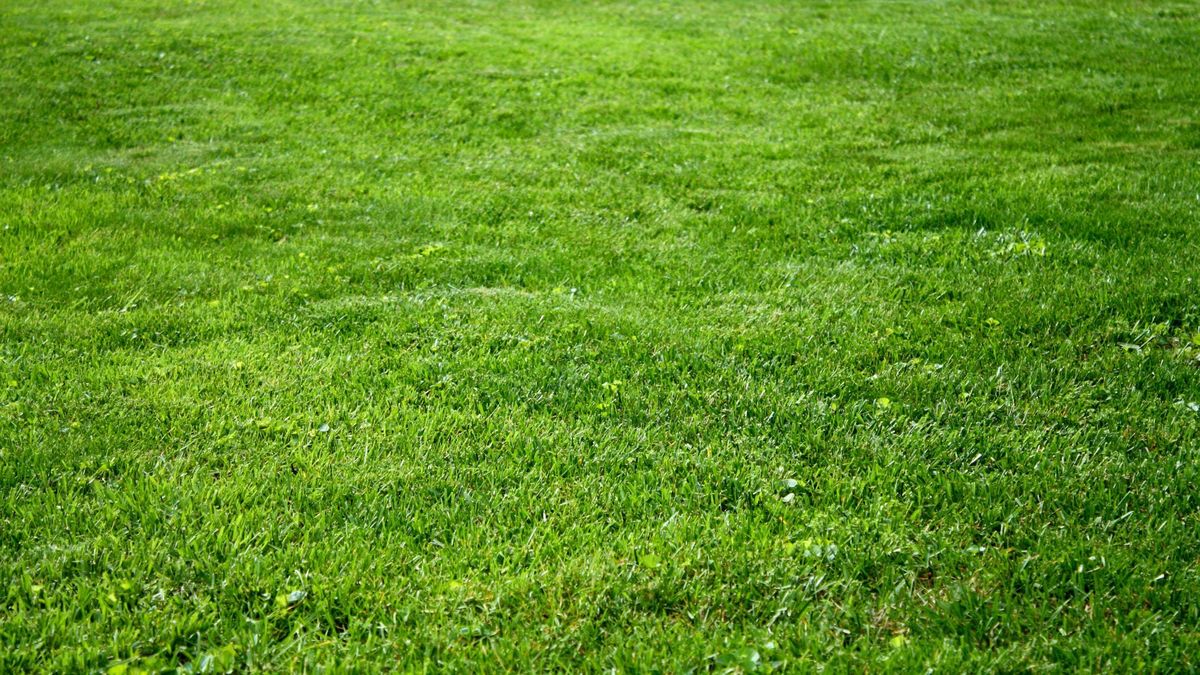
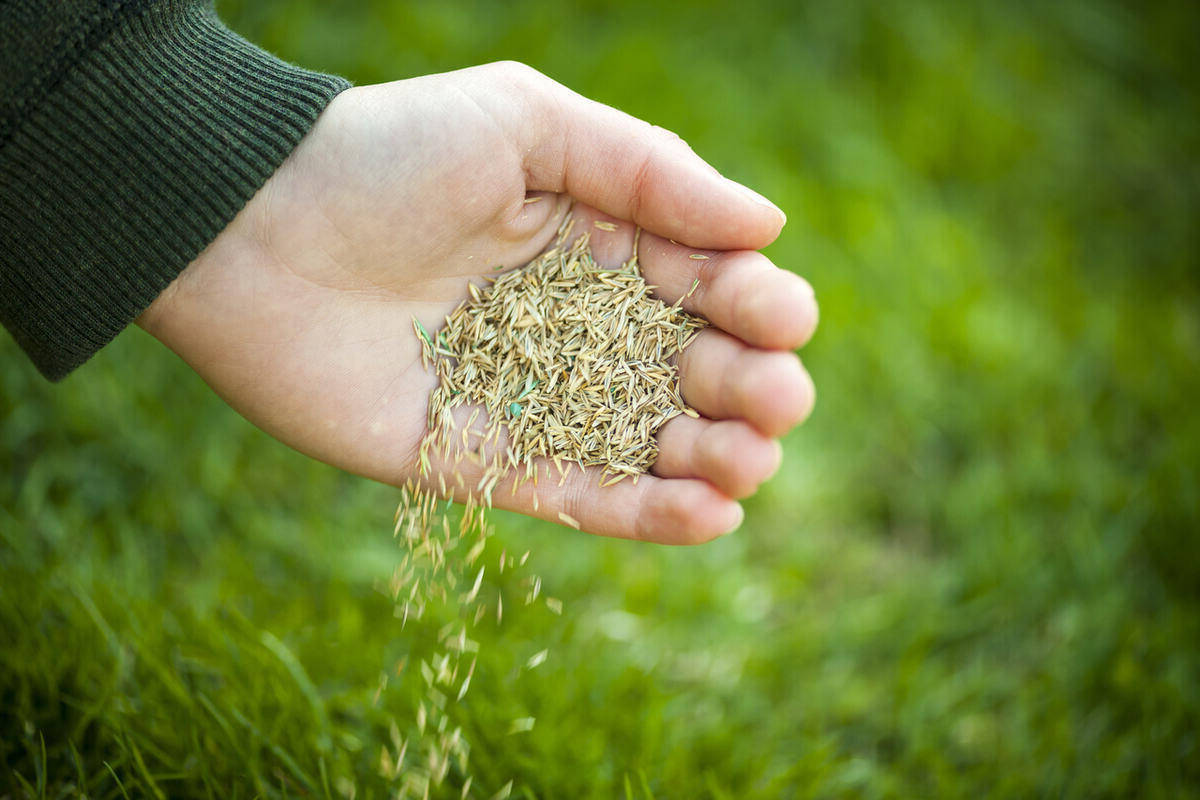


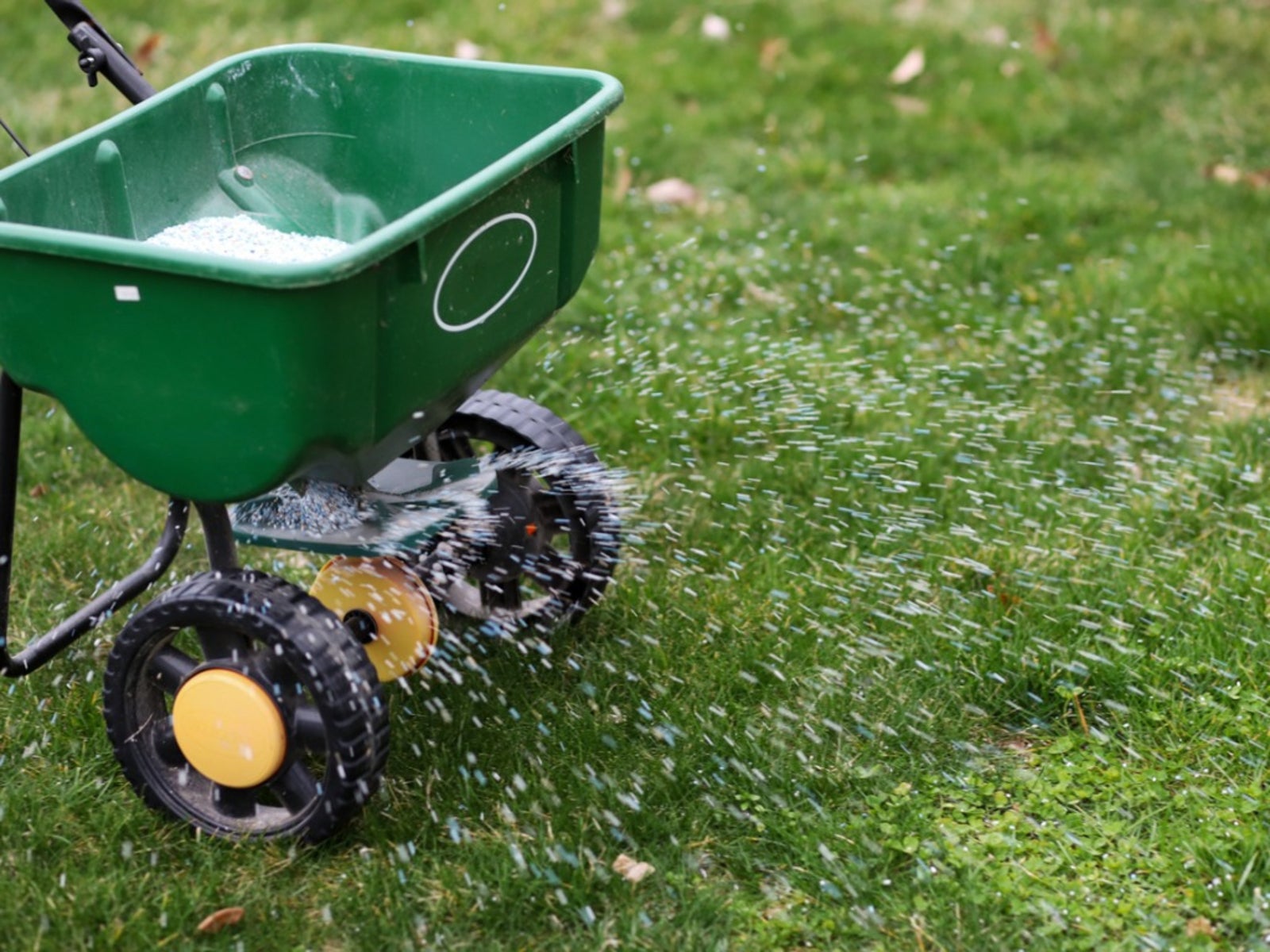

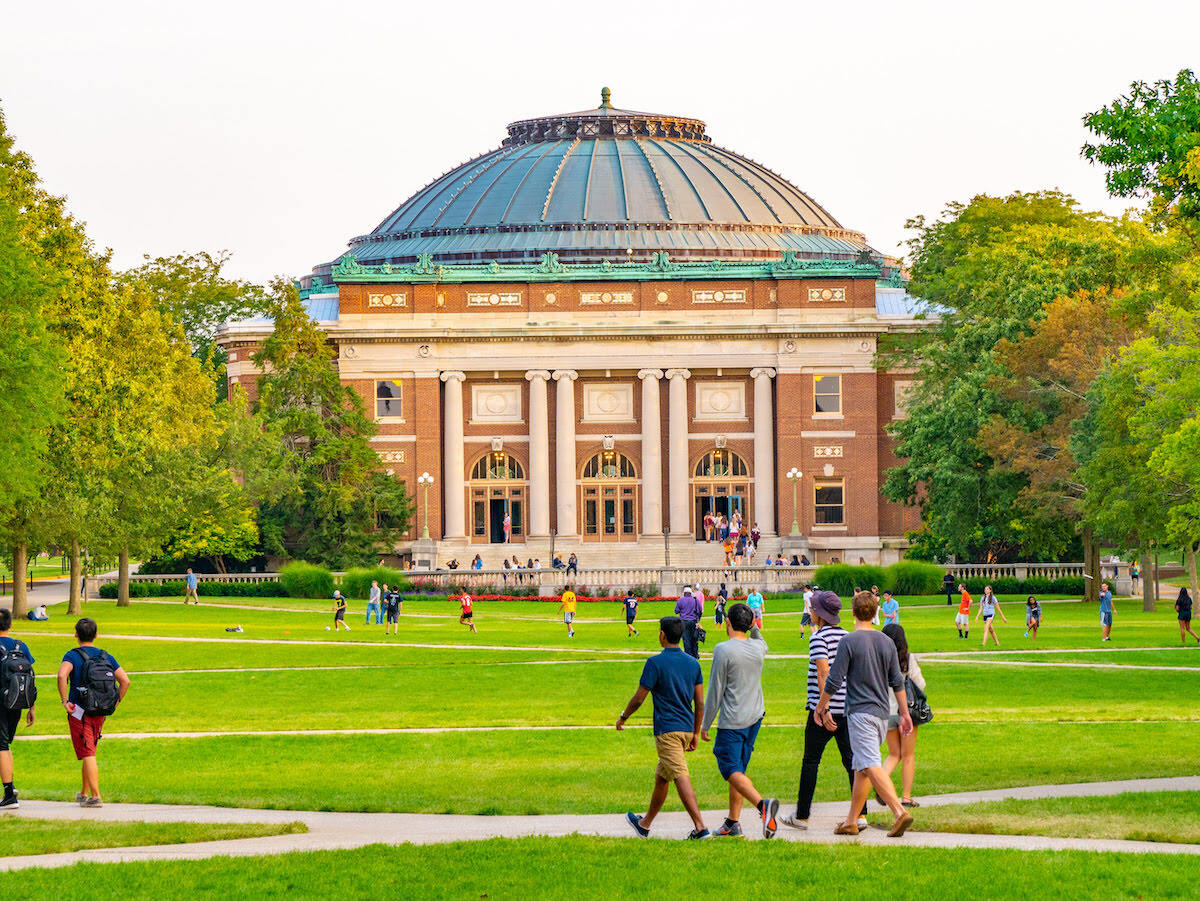




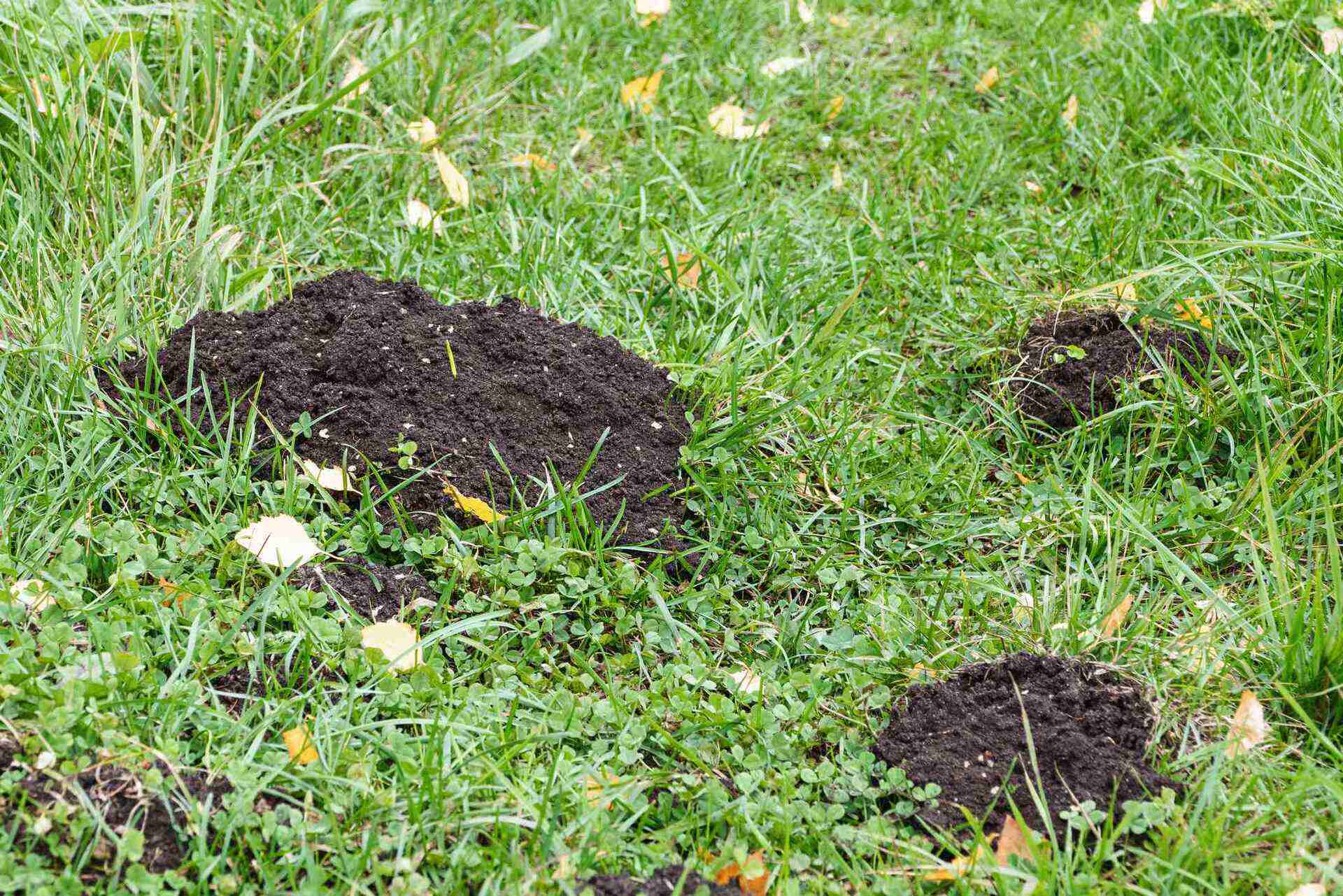



0 thoughts on “Why Colleges Spend On Lawn Care”